When you start searching for an electric bike online, you might notice two spellings: E-Bike and Ebike. They look almost identical, but which one is correct? And more importantly, which term do Australians use the most when shopping for their next ride?
At CycleGo, we believe understanding the language of electric bikes can help riders make smarter choices—and help websites like ours make it easier for you to find the right products. Let’s explore the difference between “E-Bike” and “Ebike,” and why both terms matter.
What Does “E-Bike” Mean?
The term E-Bike is a short form of Electric Bike. It’s the most formal and widely accepted way to refer to pedal-assisted or throttle-powered bicycles.
In product descriptions, news articles, and even legal documents, you’ll almost always see “E-Bike” written with a hyphen. For example:
-
“This 48V fat tire E-Bike comes with a powerful hub motor.”
-
“Australian E-Bike regulations allow up to 250W pedal assist.”
Using “E-Bike” emphasizes clarity and professionalism. It’s especially common among manufacturers, distributors, and government institutions.
Where Did the Word “Ebike” Come From?

“Ebike” is simply a more modern and casual version of “E-Bike.” As language evolved, people started dropping the hyphen to make typing faster.
On social media platforms like Instagram, TikTok, and Facebook, hashtags such as #ebike are more popular than #e-bike. This makes “ebike” the go-to spelling for younger riders and lifestyle bloggers.
Just like how “email” eventually replaced “e-mail,” there’s a chance that “ebike” could become the global standard in the future.
Do Australians Say E-Bike or Ebike?
According to Google search data, Australians overwhelmingly type “e bike” (with a space) or “e-bike” when looking for electric bikes online.
-
“E bike” → ~22,200 monthly searches
-
“Ebike” → ~22,200 monthly searches
-
“Electric bike” → ~33,100 monthly searches
This shows two important insights:
-
Both spellings are widely used.
-
The term “electric bike” still dominates overall.
At CycleGo, we use all three—electric bike, e-bike, and ebike—to make sure Australians can find us no matter which term they search.
Why the Difference Matters for Buyers and SEO
If you’re a buyer, there’s no difference in meaning—an “ebike” is exactly the same as an “e-bike.” But if you’re researching online, knowing both terms helps you find more articles, product reviews, and stores.
From an SEO perspective, the difference is huge:
-
Websites that only use “ebike” might miss traffic from people searching for “e bike.”
-
Businesses that use both cover a wider audience and rank higher on Google.
That’s why our product pages mention both:
“CycleGo’s electric bikes (also known as E-Bikes or Ebikes) are designed for Australian riders who want power, range, and style.”
Branding: How CycleGo Uses the Right Term for Australian Riders
At CycleGo, we recognise that our customers use all three versions:
-
Electric Bike → Best for clarity and official communication.
-
E-Bike → Best for product names and technical specifications.
-
Ebike → Best for social media, hashtags, and casual content.
By embracing every term, we ensure no rider is left behind—whether you’re a first-time buyer searching for “electric bike Australia” or a trend-savvy cyclist browsing Instagram with #ebike.
Final Thoughts: E-Bike or Ebike—Which One Should You Use?
The truth is, it doesn’t matter which spelling you choose—both mean the same thing. What matters is that more Australians than ever are switching to electric bikes for commuting, fitness, and adventure.
So next time you’re searching online, try both “e-bike” and “ebike.” Chances are, you’ll end up on CycleGo—where we offer Australia’s best value electric bikes for every type of rider.

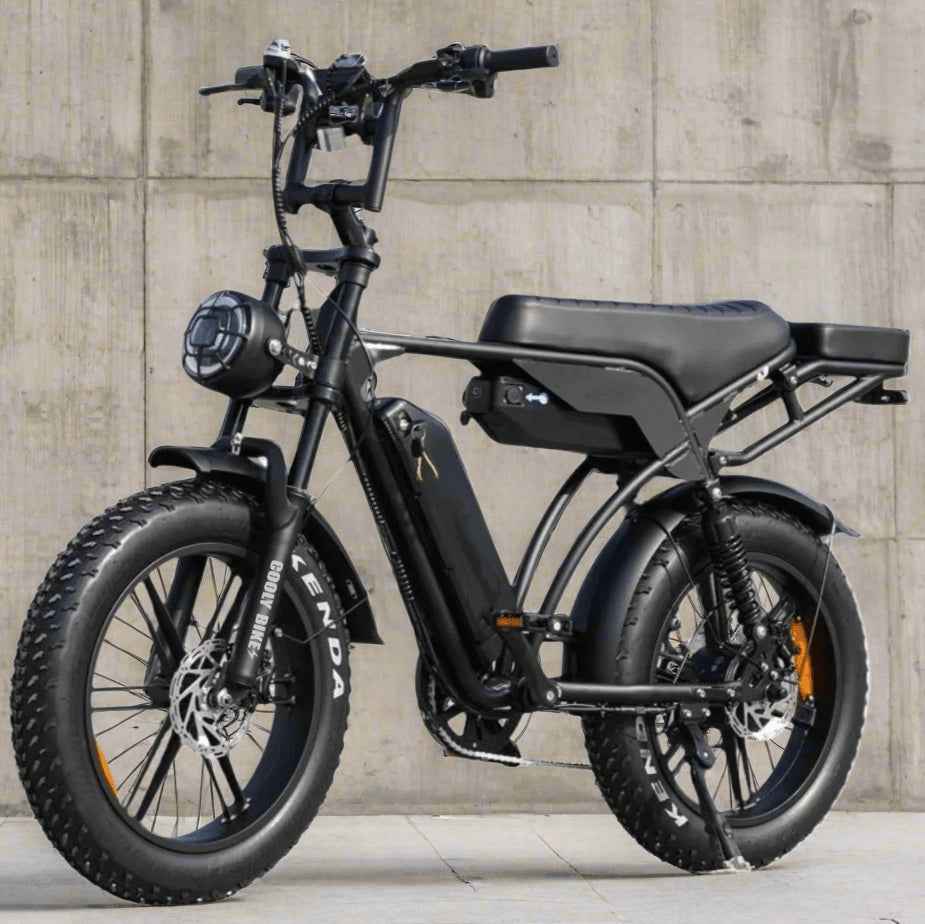



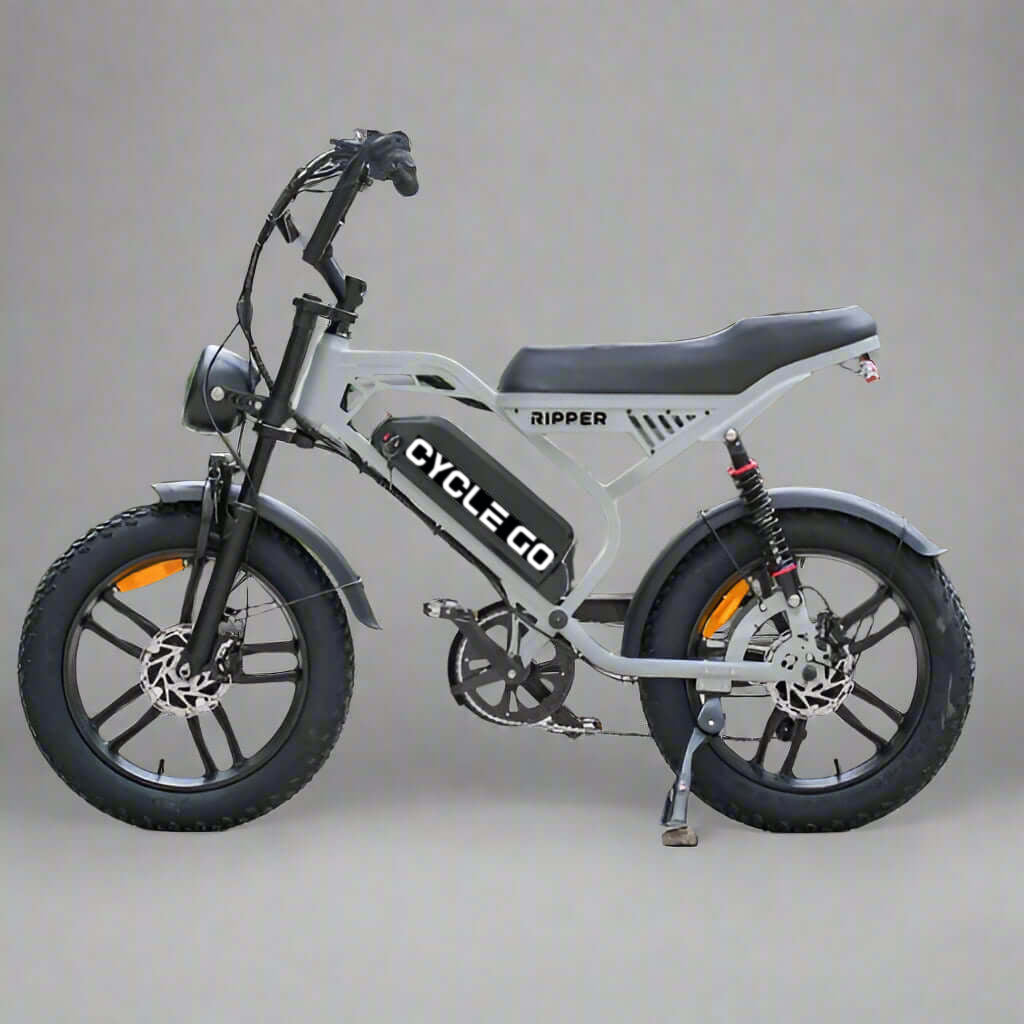




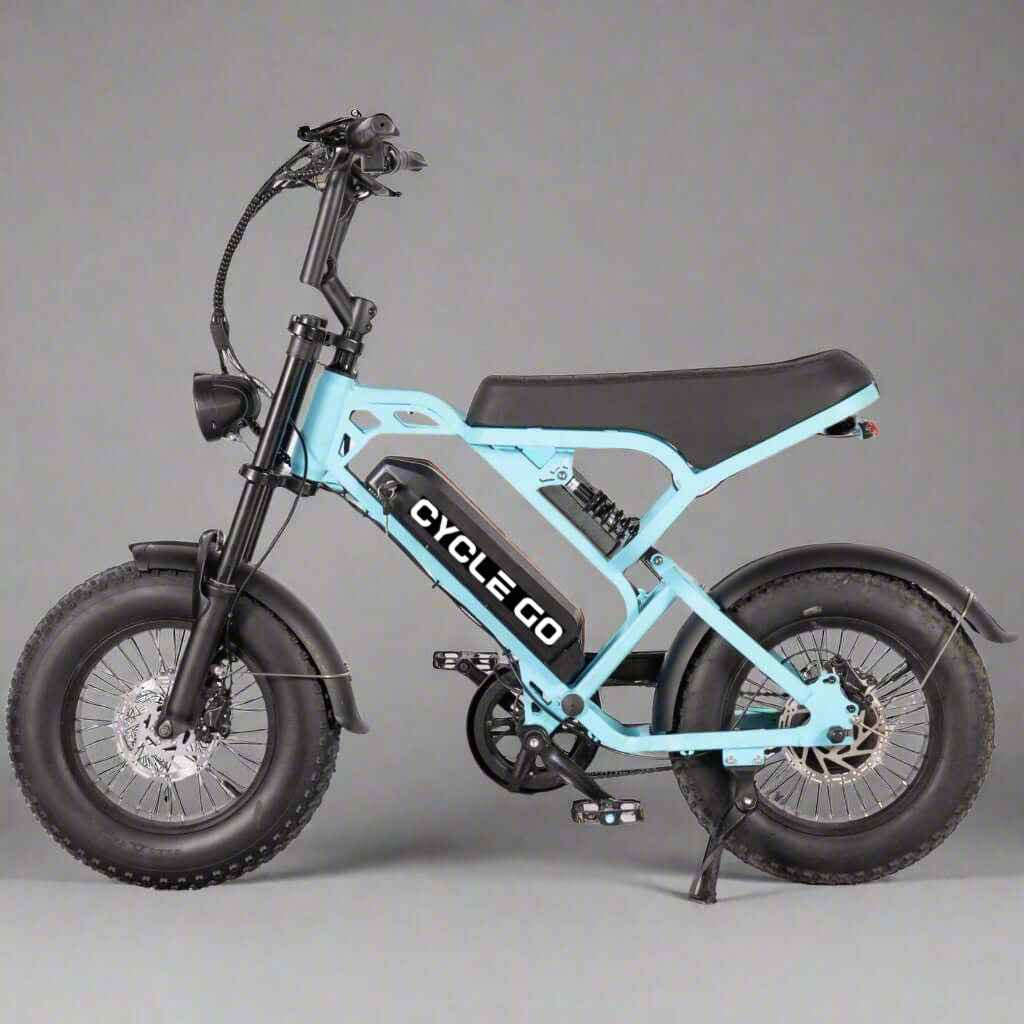




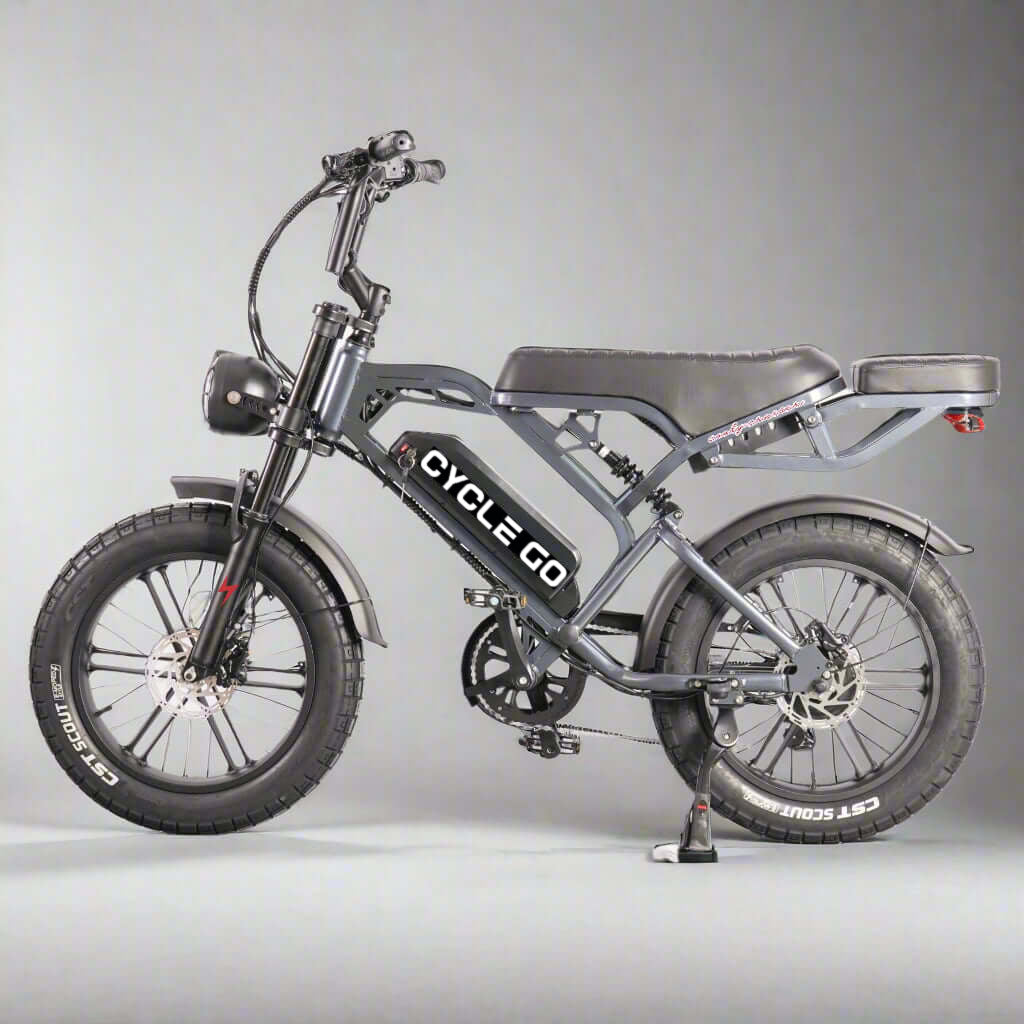




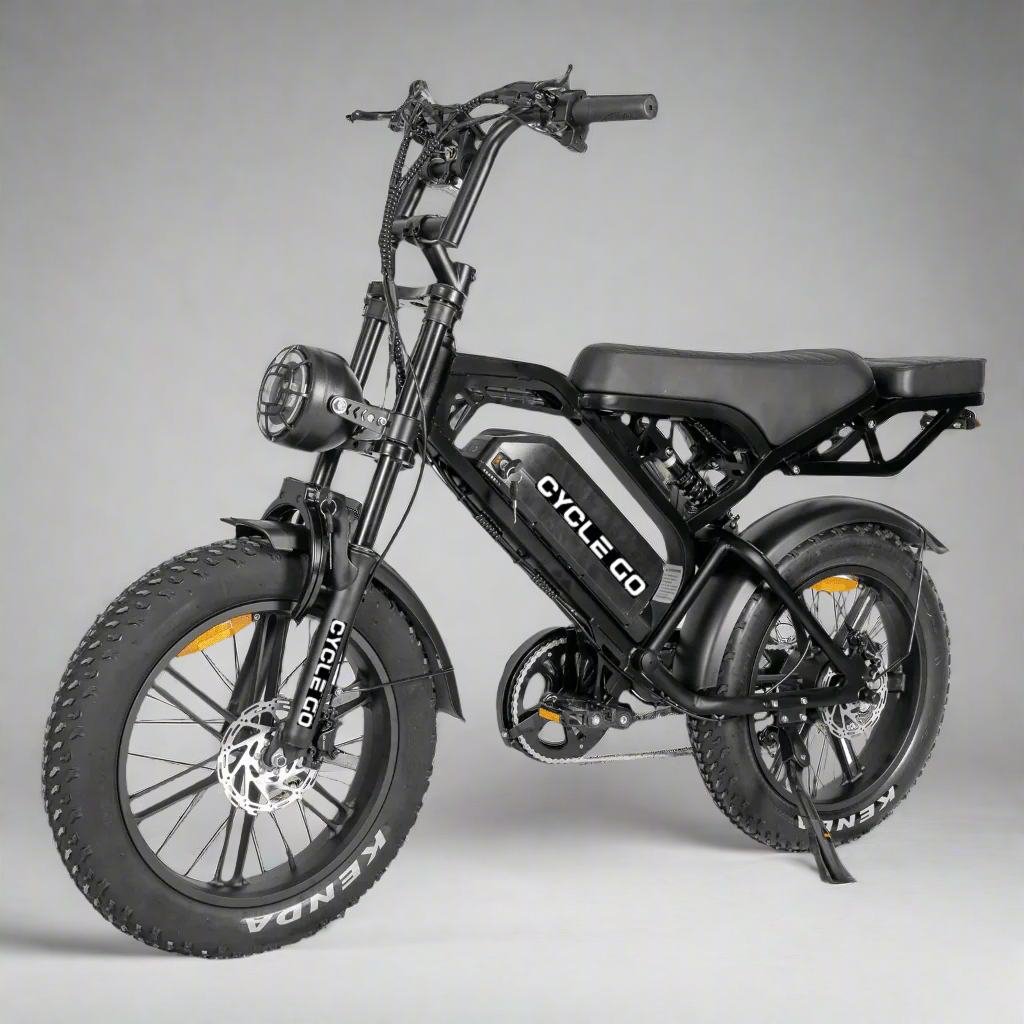




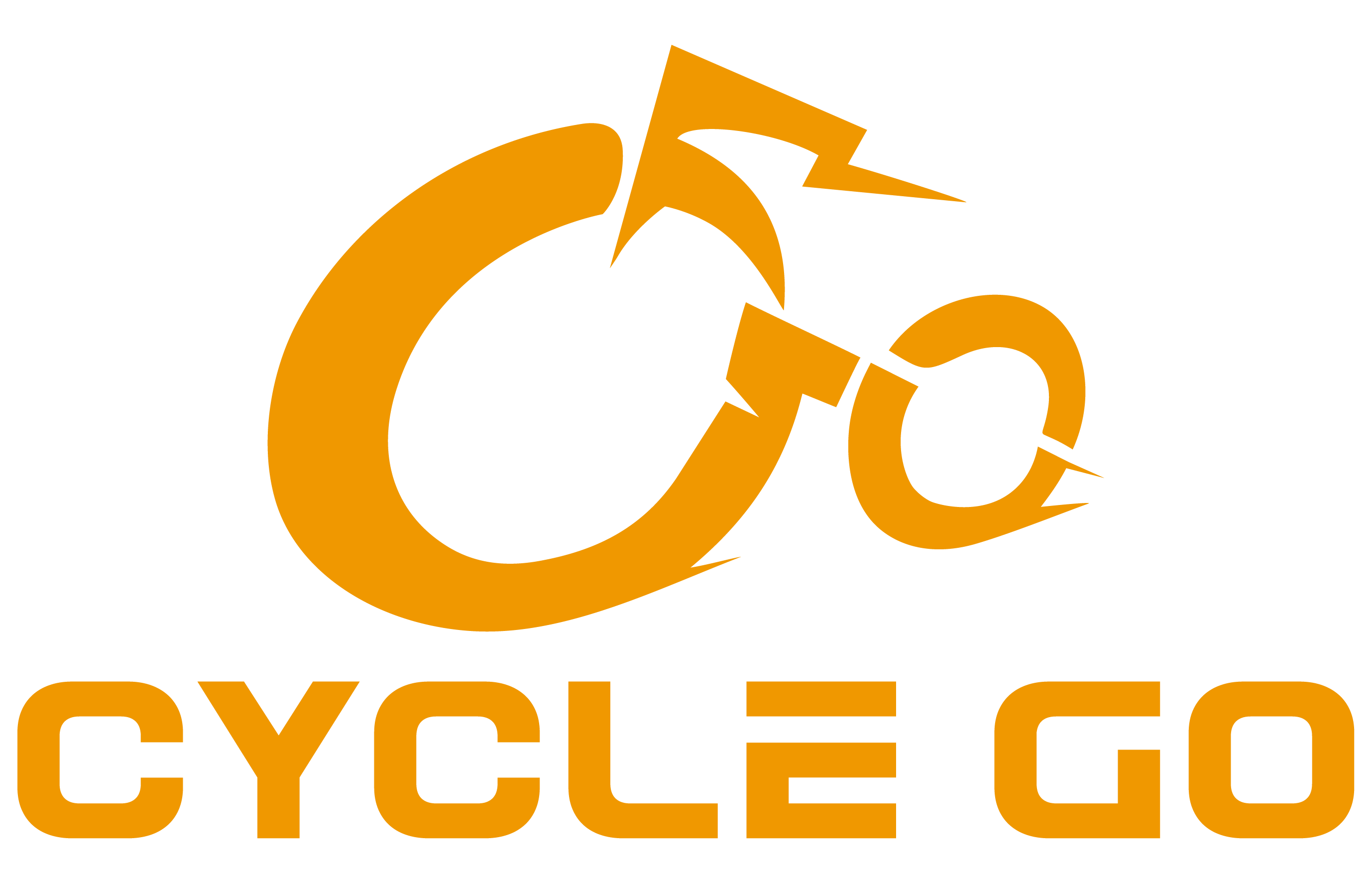
0 comments